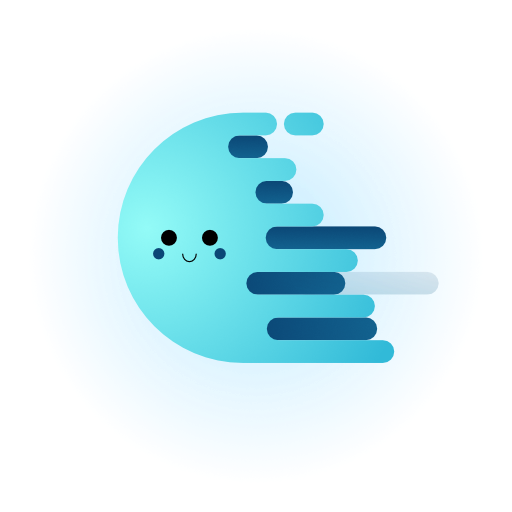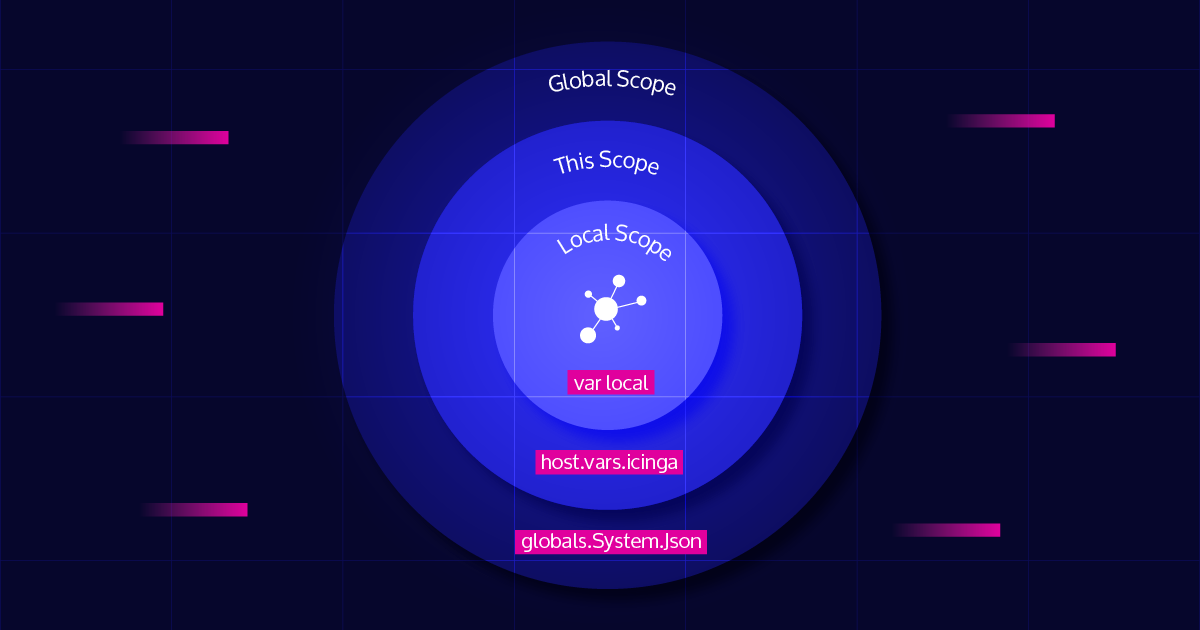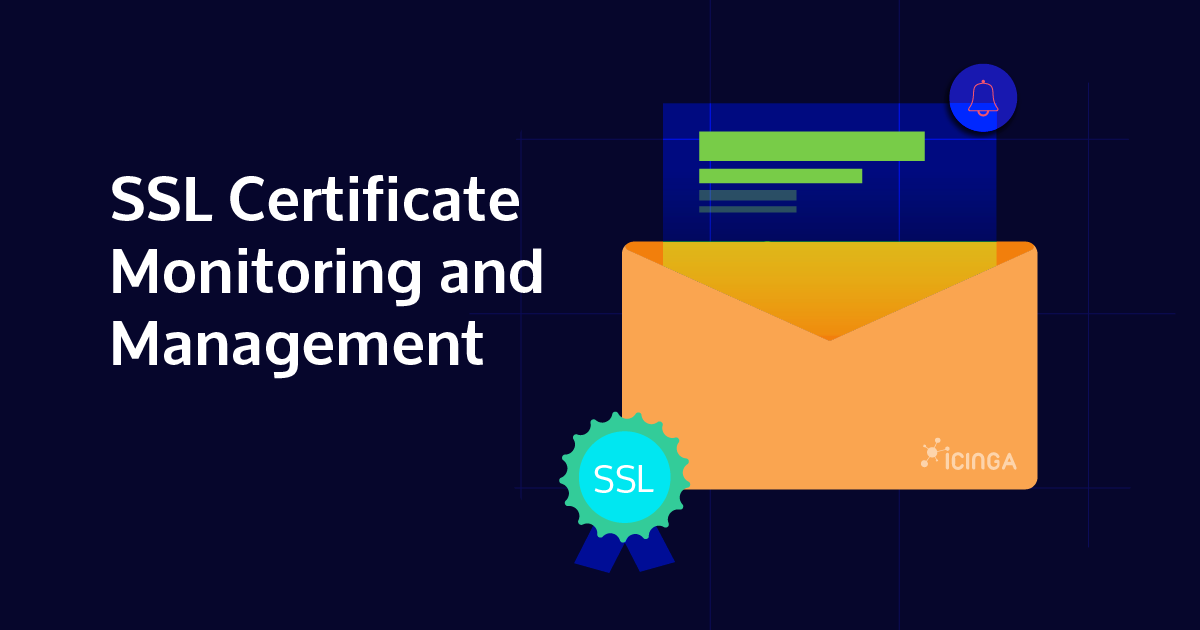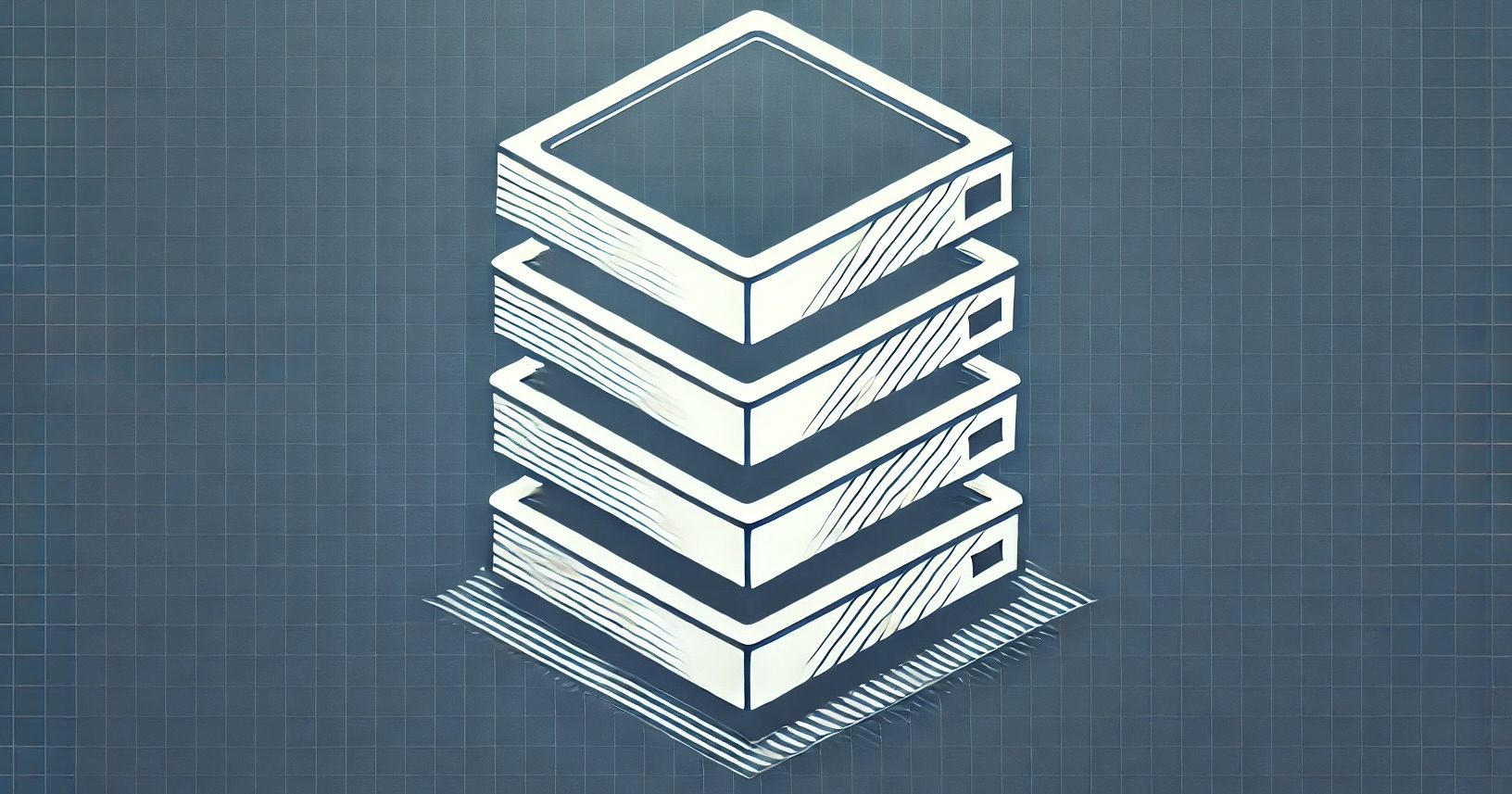Icinga is designed to be a highly dynamic monitoring software that can monitor your setup, regardless of its architecture. While most setups are hierarchical and fit well into the master,...
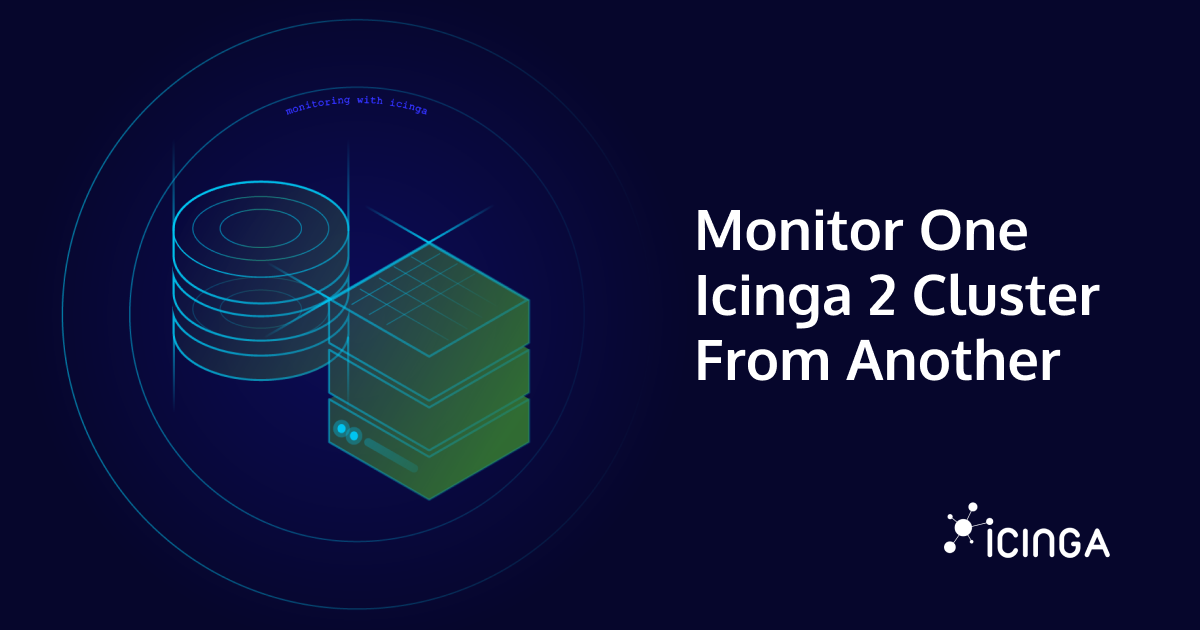
Monitor One Icinga 2 Cluster From Another
Icinga is designed to be a highly dynamic monitoring software that can monitor your setup, regardless of its architecture. While most setups are hierarchical and fit well into the master,...

Drowning in Alert Fatigue? How to Regain Control of Your Monitoring
Introduction: Why Alert Fatigue Hits Sysadmins Sooner or Later If you’ve ever muted your phone during a maintenance window, only to miss a real outage an hour later, you’re not alone. Sysadmins on Reddit and beyond often describe feeling like they’re drowning in...

Ipl-html: Introducing new Form Element Decorators
A Fresh Take on Form Element Decorators Decorators have always been a powerful concept in Icinga Web’s form system — letting developers control how form elements are displayed without hardcoding markup everywhere. But until recently, the decorator system had its...
IPL: How to create lists with ipl-web
In my previous blog post, I explained how to build lists using ipl-web widgets. That method will soon be deprecated due to its complexity. With the recent ipl-web release, we have introduced a simpler and more flexible approach to building lists, using a lightweight...
Icinga 2 DSL – Variable Scopes
Ever wondered how Icinga 2 manages all those variables, and how it knows which one to use? In this blog post, we will explore all the different variable scopes in Icinga 2, and by the end, you will know what this mysterious error message means when you see it in your...
How To Pick The Correct Metrics For Your Monitoring
This is a guest blogpost by Adam Sweet from the Icinga Partner Transitiv Technologies. Since this is a longer post, we added a tl;dr at the end. For many, host and application monitoring is an afterthought at the end of a project. Some people don’t think about...
Icinga 2 Insights With Event Streams
There are many ways to interact with the data that Icinga 2 collects, processes, and produces. The most common is probably Icinga Web, which displays checks in all the colors of a traffic light. Icinga 2 also comes with several metrics or performance data writers. But...
SSL Certificate Monitoring and Management
SSL certificates are the foundation of secure communication on the web. They protect data integrity, enable encryption, and verify identities. But even a single expired certificate can cause outages, lost trust, and serious security risks. Effective SSL certificate...
Managing Multiple Service Instances with a Systemd Generator
When working with systemd services in Linux, you might encounter situations where multiple instances of a service need to be managed dynamically. When I had to develop a solution to monitor multiple Kubernetes clusters with Icinga for Kubernetes, I ran into exactly...
How to do Agentless Monitoring with check_by_ssh
The fundamentals of Icinga 2 are check plugins. They are being executed and their return value is mapped to either Host or Service objects. Everything else follows on top. These check plugins can be either from the Monitoring Plugins or custom. While their origin does...
Monitoring the Monitoring: Demystifying the Icinga DB Health Check
In this post we will take a look at the icingadb check command built into Icinga 2 for monitoring the health of Icinga DB. If you have already configured it, this blog post will give you some insights on what it actually checks, otherwise, it showcases what useful...
Icinga Notifications – How to Set Up Desktop Alerts
We recently released the beta version of our Notification Web Module, which includes a cool feature that is not yet known to everyone. We named it Desktop Notifications (Browser Push Notifications). With this feature enabled, your browser can send you instant...
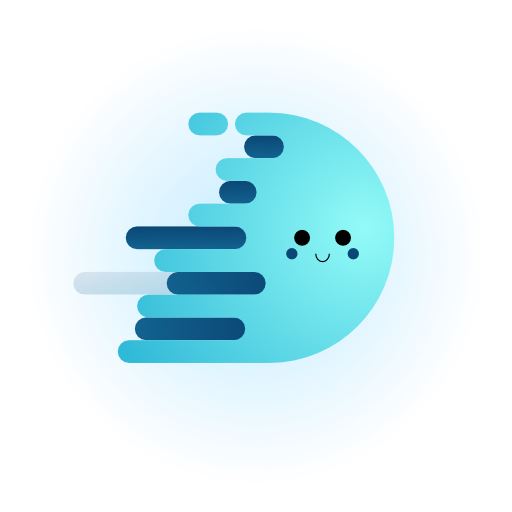
Subscribe to our Newsletter
A monthly digest of the latest Icinga news, releases, articles and community topics.
